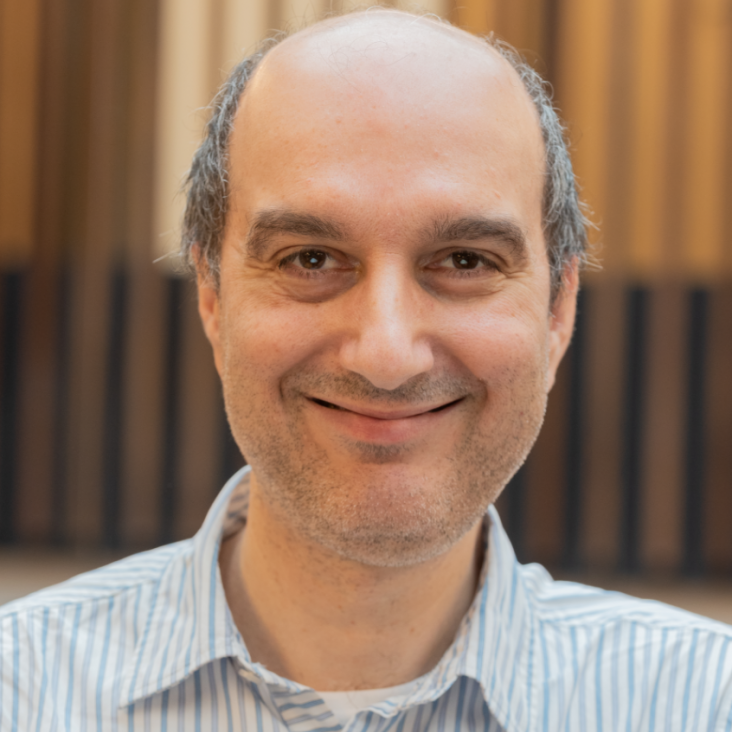Investigation of the solid–liquid phase transition of carbon at 150 GPa with spectrally resolved X-ray scattering
High Energy Density Physics Elsevier 14 (2015) 38-43
Evidence of locally enhanced target heating due to instabilities of counter-streaming fast electron beams
Physics of Plasmas AIP Publishing 22:2 (2015) 020701
Observation of magnetic field generation via the Weibel instability in interpenetrating plasma flows
Nature Physics Springer Nature 11:2 (2015) 173-176
Ultrafast electron kinetics in short pulse laser-driven dense hydrogen
Journal of Physics B: Atomic, Molecular and Optical Physics IOP Publishing 48:22 (2015) 224004
Abstract:
Dense cryogenic hydrogen is heated by intense femtosecond infrared laser pulses at intensities of 1015-1016 Wcm-2. Three-dimensional particle-in-cell (PIC) simulations predict that this heating is limited to the skin depth, causing an inhomogeneously heated outer shell with a cold core and two prominent temperatures of about 25 and 40 eV for simulated delay times up to +70 fs after the laser pulse maximum. Experimentally, the time-integrated emitted bremsstrahlung in the spectral range of 8-18 nm was corrected for the wavelength-dependent instrument efficiency. The resulting spectrum cannot be fit with a single temperature bremsstrahlung model, and the best fit is obtained using two temperatures of about 13 and 30 eV. The lower temperatures in the experiment can be explained by missing energy-loss channels in the simulations, as well as the inclusion of hot, non- Maxwellian electrons in the temperature calculation. We resolved the time-scale for laser-heating of hydrogen, and PIC results for laser-matter interaction were successfully tested against the experiment data.Target fabrication for the POLAR experiment on the Orion laser facility
High Power Laser Science and Engineering Cambridge University Press (CUP) 3 (2015) e8


